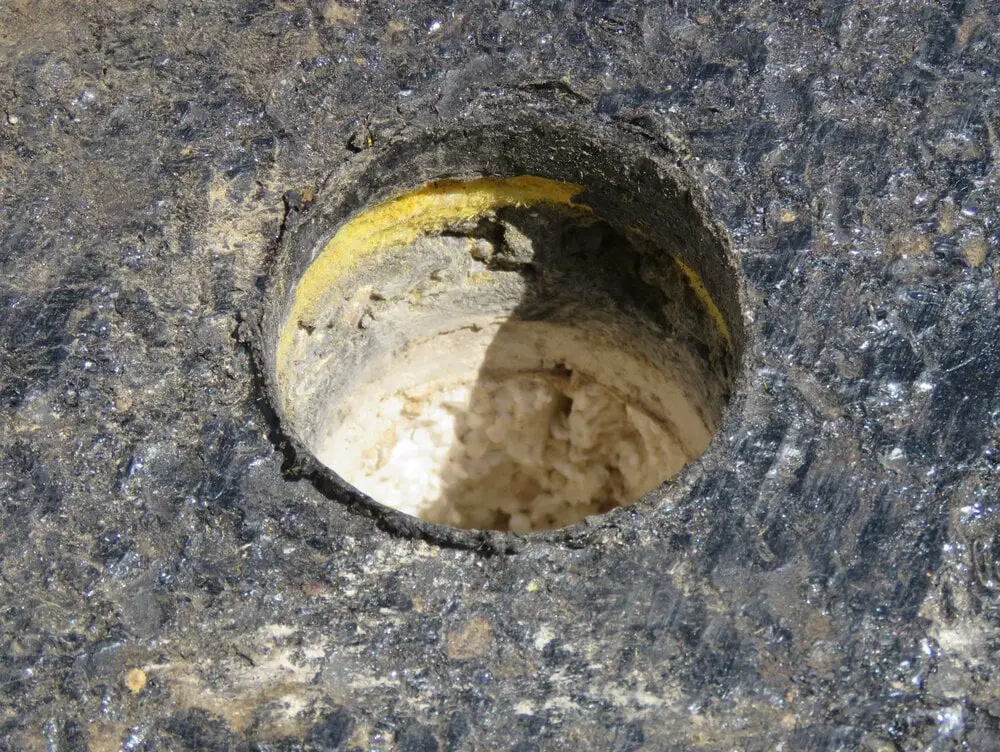Types of Above-Deck Roof Insulation
By Jack Gray, Roof Online Editor • Updated June 3, 2023

About Roof Insulation
The roof insulation referred to on this page is the insulation used in low-slope (“flat”) roofing applications.
These types of insulation are used in above-deck insulation applications, which means that they are installed over the roof deck, under the roof covering, and are considered a part of the roof system or roof assembly.
Roof insulation is a necessary component in low-slope roof installations. Having roof insulation of the proper type and thickness is how a roof system achieves the minimum R-value requirement specified by local energy codes.
Insulation R-value is given as a rating per inch of thickness of the material and it varies significantly by insulation type. Polyisocyanurate has around twice the R-value of perlite board, for instance, so one inch of polyisocyanurate will provide about the same R-value as two inches of perlite.
Energy codes have become more demanding over the past few years and R-value requirements have increased significantly. As a result, new roofs now require more insulation than ever before.
In order to meet these new R-value requirements without stacking up layers of roof insulation within roof systems to the point that it becomes impractical or technically ill-advised, the lower R-value types of insulation have mostly disappeared from new roof installations.
The insulation materials listed below usually take the form of 4’ x 4’ or 4’ x 8’ rigid boards. They are normally secured with adhesives or fastener systems, but they may be loose-laid in ballasted roof systems, which depend on the weight of the ballast stone or pavers to hold the entire system in place.
Steep-slope or pitched roof systems will almost never include insulation; in steep-slope construction, the insulation will be installed below the roof deck or above the ceiling of the space below the attic (at the attic floor).
The following table lists the types of insulation that are used in low-slope roofing (or found in existing flat roof systems).
| Types of Above-Deck Roof Insulation | |||
|---|---|---|---|
| Insulation Type | R-Value per Inch | Typical Colors | Notes |
| Cellular Glass | 3.4 | Charcoal, Gray | Also called “foam glass”. Extremely fire-resistant. |
| Fiberglass (Rigid Board) | 4.3 – 4.5 | Orange, Yellow | Also called “glass wool”. Commonly found in older built-up roofs. Not common today. |
| Gypsum Board | 0.90 – 1.12 | Gray, White | Used as a cover board or thermal barrier. |
| Lightweight Insulating Concrete | 0.90 – 1.49 | Gray | “LWIC”. Can be sloped and shaped during application. Much softer than structural concrete. |
| Mineral Wool | 3.8 | Gray, Tan, Yellow | Also called “mineral fiber”, “rock wool”, and “stone wool”. Very fire-resistant. Can have high recycled content. |
| Perlite Board | 2.64 | Brown, with whitish beads throughout | More fire-resistant than regular fiberboard. Often used as a cover board. |
| Phenolic Foam Board | 6.7 – 7.5 | Orange | NOT used in roofing any more. When it got wet it caused severe corrosion in steel roof decks. Many lawsuits resulted. |
| Polyisocyanurate | 5.7 | Yellow | Extremely popular in commercial roof installations due to ever-increasing energy code R-value requirements. |
| Polyisocyanurate, High Density |
4.8 | Yellow | Much harder than regular polyiso. Typically used as a cover board. |
| Polystyrene, Expanded (EPS) |
3.85 – 4.5 | White | Also called “Styrofoam” or “beadboard”. |
| Polystyrene, Extruded (XPS) |
5.0 – 5.5 | Blue, Green, Pink, White, Yellow | Very water-resistant. Common in green roof and protected membrane roof assemblies. |
| Polyurethane Foam, Closed Cell | 4.9 – 7.1 | Yellow, Orange | Spray Polyurethane Foam. Spray-applied. Considered a roof system in its own right. Requires a protective silicone coating. |
| Wood Fiberboard | 2.5 | Brown | Currently is typically used only as a cover board. |